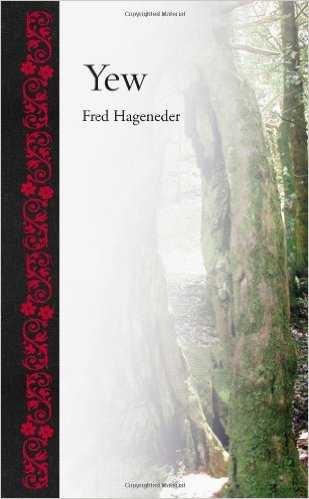
Yew (Botanical)
by Fred Hageneder
1 Oct 2013
Botanists around the world marvel at the unique characteristics of the yew, Europe's most ancient species of tree. It is a 'conifer' without resin or cones but with juicy scarlet fruits that feed many birds and animals; it has foliage that is poisonous to livestock but which wild animals can eat; and though it has an extraordinarily low rate of photosynthesis, it can grow where other tree seedlings and plants just wither and die. The yew's lower branches can root themselves, and it can also produce 'interior roots' inside a hollowing trunk, renewing itself from the inside out. It was in the Palaeolithic Era that humans were first struck by the yew's regenerative powers and began to associate it with concepts of life and death, the afterlife and eternity. Yew trees can be found at the sacred sites of Native Americans and Buddhists, and Shinto shrines in Japan, as well as in Christian churchyards, where they became a symbol of the Resurrection. During the Middle Ages, these churchyards provided a safe haven for many yew trees while those in the wild were felled for the mass production of the longbow, a powerful weapon which enabled England to rise and ultimately laid the foundation for the British Empire - at the expense of almost the entire yew population of Europe. This comprehensive, richly illustrated cultural and natural history includes the latest scientific discoveries about this remarkable tree. The book will appeal to botanists and the general reader, as well as anyone interested in the history and symbolism of the natural world
